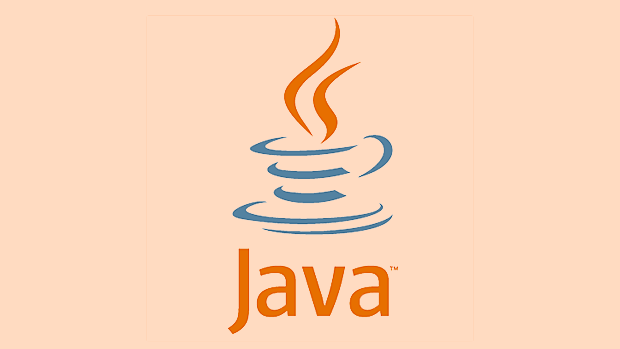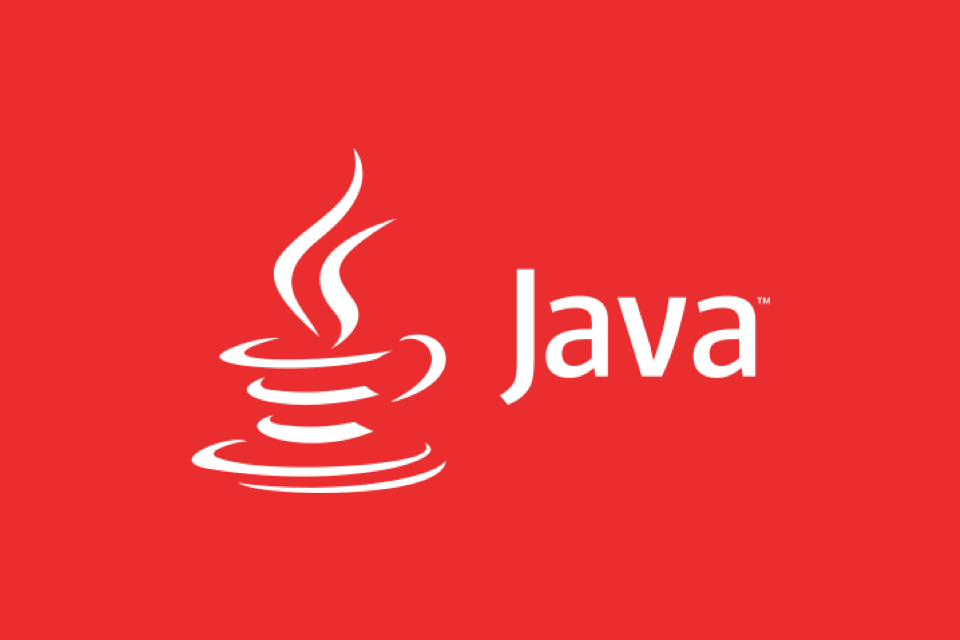How to profile CPU and memory usage of a Java application?
Jul 12, 2025 am 02:08 AMTo understand the CPU and memory usage of Java applications, you can use the following methods: 1. Use VisualVM to view real-time performance data, including heap memory, GC situation and thread analysis; 2. Use jstat and jmap command line tools to diagnose GC behavior and generate heap snapshots; 3. Add monitoring logic to the code to estimate memory changes. These methods are applicable to graphical interface debugging, server environment inspection and specific logical observations, and can be flexibly selected according to the actual scenario.

To understand the CPU and memory usage of Java applications, there are actually many practical methods and tools to use. The core idea is to obtain resource consumption data by monitoring, sampling or analyzing the internal state of the JVM. Here are some common and effective practices.

View real-time performance data using VisualVM
VisualVM is a graphical tool that connects local or remotely running Java applications and demonstrates CPU and memory usage trends. It also performs thread analysis and heap Dump checking.
- Add JMX parameters (optional) when starting the application, so as to facilitate remote connection
- Open VisualVM and select the corresponding application process
- Switch to the "Surveillance" tab to see heap memory, GC status and class loading information
- Click "Sampler" to enable sampling analysis of CPU or memory
This method is suitable for quick viewing of overall performance, especially when debugging the development environment.

Quick diagnosis with command line tools jstat and jmap
If you don't have a graphical interface on the server, jstat and jmap come in handy.
jstat is mainly used to observe GC behavior:

jstat -gc <pid> 1000
This command will output the garbage collection status of the specified process once a second, including the usage of the Eden area and the elderly, etc.
jmap can generate heap snapshots or view object statistics:
jmap -heap <pid>
This command displays the configuration and usage of the current heap.
You can also use:
jmap -dump:live,format=b,file=heap.bin <pid>
Export the heap dump file, and you can use MAT (Memory Analyzer) to analyze memory leak problems in the future.
These commands are simple and direct, suitable for script integration or temporary troubleshooting.
Include monitoring logic in the code (for specific scenarios)
Sometimes you want to know the impact on resources when a certain piece of logic is executed, you can add some widgets to the code.
For example, record the start and end times, and obtain memory usage with the Runtime class:
Runtime runtime = Runtime.getRuntime();
long startMemory = runtime.totalMemory() - runtime.freeMemory();
// Execute the operation long endMemory = runtime.totalMemory() - runtime.freeMemory();
System.out.println("Used memory increased by " (endMemory - startMemory));This approach is primitive, but practical in some lightweight testing or embedded environments. However, it should be noted that this type of data is only estimates and cannot completely replace professional tools.
Basically these common methods
The methods mentioned above have their own applicable scenarios: Graphic tools are suitable for fast positioning problems, command line tools are suitable for server environments, and code insertion is suitable for fine-grained observations of specific logic. In actual work, you can flexibly choose according to the environment and needs.
The above is the detailed content of How to profile CPU and memory usage of a Java application?. For more information, please follow other related articles on the PHP Chinese website!

Hot AI Tools

Undress AI Tool
Undress images for free

Undresser.AI Undress
AI-powered app for creating realistic nude photos

AI Clothes Remover
Online AI tool for removing clothes from photos.

Clothoff.io
AI clothes remover

Video Face Swap
Swap faces in any video effortlessly with our completely free AI face swap tool!

Hot Article

Hot Tools

Notepad++7.3.1
Easy-to-use and free code editor

SublimeText3 Chinese version
Chinese version, very easy to use

Zend Studio 13.0.1
Powerful PHP integrated development environment

Dreamweaver CS6
Visual web development tools

SublimeText3 Mac version
God-level code editing software (SublimeText3)

Hot Topics
 Difference between HashMap and Hashtable?
Jun 24, 2025 pm 09:41 PM
Difference between HashMap and Hashtable?
Jun 24, 2025 pm 09:41 PM
The difference between HashMap and Hashtable is mainly reflected in thread safety, null value support and performance. 1. In terms of thread safety, Hashtable is thread-safe, and its methods are mostly synchronous methods, while HashMap does not perform synchronization processing, which is not thread-safe; 2. In terms of null value support, HashMap allows one null key and multiple null values, while Hashtable does not allow null keys or values, otherwise a NullPointerException will be thrown; 3. In terms of performance, HashMap is more efficient because there is no synchronization mechanism, and Hashtable has a low locking performance for each operation. It is recommended to use ConcurrentHashMap instead.
 Why do we need wrapper classes?
Jun 28, 2025 am 01:01 AM
Why do we need wrapper classes?
Jun 28, 2025 am 01:01 AM
Java uses wrapper classes because basic data types cannot directly participate in object-oriented operations, and object forms are often required in actual needs; 1. Collection classes can only store objects, such as Lists use automatic boxing to store numerical values; 2. Generics do not support basic types, and packaging classes must be used as type parameters; 3. Packaging classes can represent null values ??to distinguish unset or missing data; 4. Packaging classes provide practical methods such as string conversion to facilitate data parsing and processing, so in scenarios where these characteristics are needed, packaging classes are indispensable.
 What are static methods in interfaces?
Jun 24, 2025 pm 10:57 PM
What are static methods in interfaces?
Jun 24, 2025 pm 10:57 PM
StaticmethodsininterfaceswereintroducedinJava8toallowutilityfunctionswithintheinterfaceitself.BeforeJava8,suchfunctionsrequiredseparatehelperclasses,leadingtodisorganizedcode.Now,staticmethodsprovidethreekeybenefits:1)theyenableutilitymethodsdirectly
 How does JIT compiler optimize code?
Jun 24, 2025 pm 10:45 PM
How does JIT compiler optimize code?
Jun 24, 2025 pm 10:45 PM
The JIT compiler optimizes code through four methods: method inline, hot spot detection and compilation, type speculation and devirtualization, and redundant operation elimination. 1. Method inline reduces call overhead and inserts frequently called small methods directly into the call; 2. Hot spot detection and high-frequency code execution and centrally optimize it to save resources; 3. Type speculation collects runtime type information to achieve devirtualization calls, improving efficiency; 4. Redundant operations eliminate useless calculations and inspections based on operational data deletion, enhancing performance.
 What is an instance initializer block?
Jun 25, 2025 pm 12:21 PM
What is an instance initializer block?
Jun 25, 2025 pm 12:21 PM
Instance initialization blocks are used in Java to run initialization logic when creating objects, which are executed before the constructor. It is suitable for scenarios where multiple constructors share initialization code, complex field initialization, or anonymous class initialization scenarios. Unlike static initialization blocks, it is executed every time it is instantiated, while static initialization blocks only run once when the class is loaded.
 What is the Factory pattern?
Jun 24, 2025 pm 11:29 PM
What is the Factory pattern?
Jun 24, 2025 pm 11:29 PM
Factory mode is used to encapsulate object creation logic, making the code more flexible, easy to maintain, and loosely coupled. The core answer is: by centrally managing object creation logic, hiding implementation details, and supporting the creation of multiple related objects. The specific description is as follows: the factory mode handes object creation to a special factory class or method for processing, avoiding the use of newClass() directly; it is suitable for scenarios where multiple types of related objects are created, creation logic may change, and implementation details need to be hidden; for example, in the payment processor, Stripe, PayPal and other instances are created through factories; its implementation includes the object returned by the factory class based on input parameters, and all objects realize a common interface; common variants include simple factories, factory methods and abstract factories, which are suitable for different complexities.
 What is the `final` keyword for variables?
Jun 24, 2025 pm 07:29 PM
What is the `final` keyword for variables?
Jun 24, 2025 pm 07:29 PM
InJava,thefinalkeywordpreventsavariable’svaluefrombeingchangedafterassignment,butitsbehaviordiffersforprimitivesandobjectreferences.Forprimitivevariables,finalmakesthevalueconstant,asinfinalintMAX_SPEED=100;wherereassignmentcausesanerror.Forobjectref
 What is type casting?
Jun 24, 2025 pm 11:09 PM
What is type casting?
Jun 24, 2025 pm 11:09 PM
There are two types of conversion: implicit and explicit. 1. Implicit conversion occurs automatically, such as converting int to double; 2. Explicit conversion requires manual operation, such as using (int)myDouble. A case where type conversion is required includes processing user input, mathematical operations, or passing different types of values ??between functions. Issues that need to be noted are: turning floating-point numbers into integers will truncate the fractional part, turning large types into small types may lead to data loss, and some languages ??do not allow direct conversion of specific types. A proper understanding of language conversion rules helps avoid errors.






